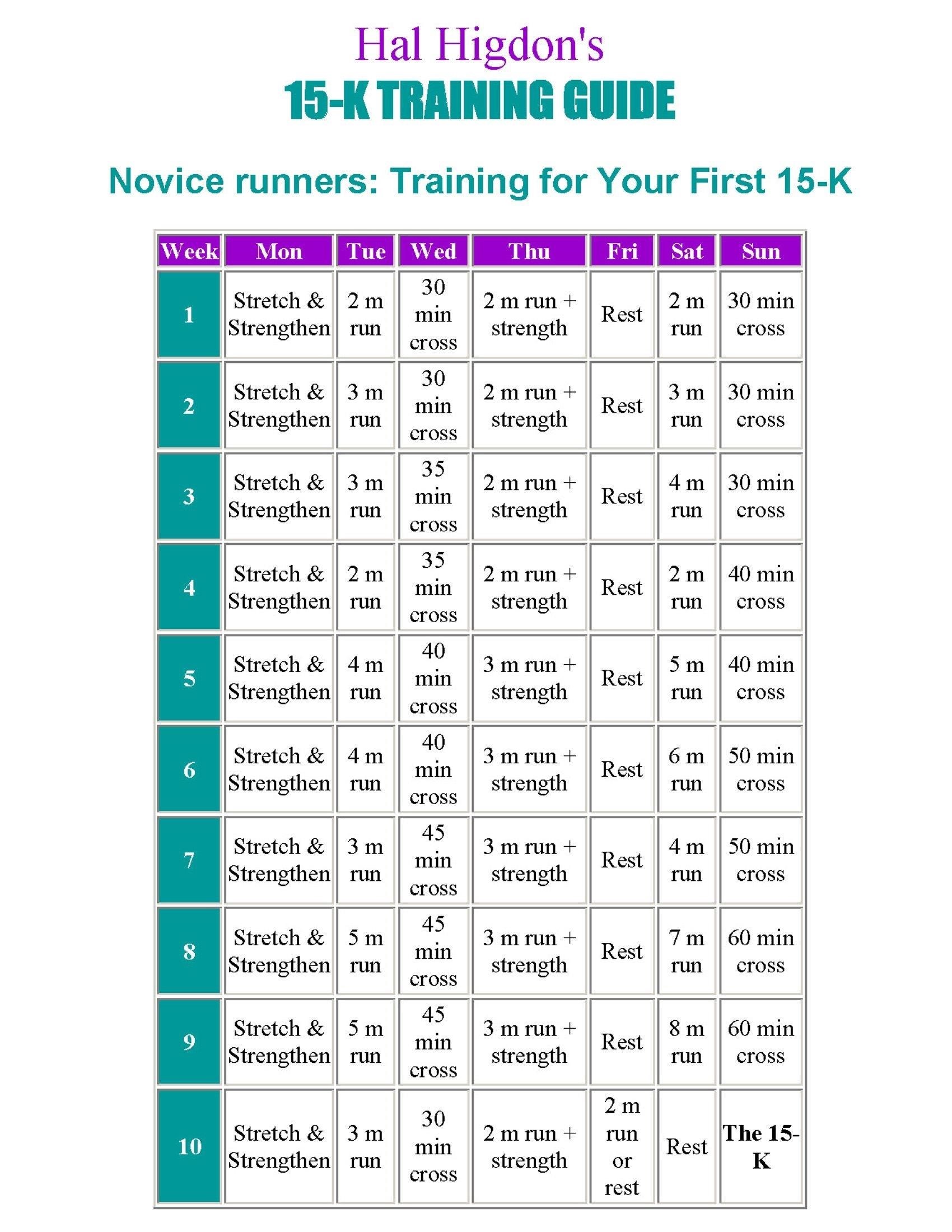Understanding Language Development in 3-5 Year Olds
Language skills blossom during these years, fueled by playful activities and consistent interaction; resources like PDF guides offer targeted support for parents and educators.
The Importance of Early Language Skills
Early language skills are foundational for a child’s overall development, impacting social-emotional growth, cognitive abilities, and future academic success. A robust vocabulary and the ability to communicate effectively enable children to build relationships, express their needs, and understand the world around them. Resources, such as readily available activité langagière 3-5 ans pdf guides, emphasize the critical period for language acquisition occurring between ages three and five.

During this time, children rapidly expand their vocabulary and grammatical understanding. Engaging in language-rich activities, like storytelling and pretend play, significantly boosts these skills. These activities aren’t merely fun; they actively shape brain development, fostering crucial connections necessary for literacy and learning. PDF resources often provide structured exercises and games designed to stimulate language growth, offering practical support for parents and educators seeking to nurture these vital skills.

Key Areas of Language Development
Development encompasses understanding and expressing language; PDF activities target receptive and expressive skills, fostering communication and cognitive growth in young children.
Receptive Language (Understanding)
Receptive language, the ability to comprehend spoken words and sentences, forms the foundation for all communication. Between ages three and five, children dramatically expand their understanding of vocabulary, grammar, and complex instructions. PDF resources often provide targeted activities to bolster this crucial skill. These activities frequently involve following multi-step directions – “Pick up the blue block and put it on the table” – or identifying objects by their descriptions.
Games focusing on categorization, like sorting toys by color or shape, also enhance receptive language. Listening comprehension is strengthened through storytelling; asking children questions about the narrative – “Who was the main character?” or “What happened at the end?” – assesses their understanding. Utilizing PDF guides with picture cards and associated prompts can further support this development, offering structured practice and reinforcing vocabulary acquisition. Consistent exposure to rich language and engaging interactions are key.
Expressive Language (Speaking)
Expressive language, the ability to communicate thoughts and ideas, flourishes as children gain confidence in their verbal skills. Between three and five, expect a rapid increase in sentence length and grammatical complexity. PDF resources dedicated to language activities often emphasize encouraging children to narrate their experiences and engage in pretend play. Role-playing scenarios – “Let’s pretend we’re going to the store!” – provide opportunities to practice using language in context.
Activities like describing pictures or objects, answering “wh-” questions (who, what, where, when, why), and retelling stories promote expressive language development. PDF guides may include prompts to expand on children’s utterances – turning “Dog bark” into “The big brown dog is barking loudly.” Consistent encouragement and a supportive environment are vital. Games that focus on vocabulary building and articulation also contribute to improved speaking skills, fostering clear and confident communication.
Activities to Foster Language Development
Engaging activities, often detailed in PDF guides, stimulate growth; reading, play, and conversations are key to nurturing a child’s blossoming communication abilities.
Reading and Storytelling
Reading and storytelling are foundational to language development, offering rich vocabulary and narrative structures. Many PDF resources detail age-appropriate book selections, emphasizing interactive techniques to maximize engagement. These guides often suggest focusing on picture books with vibrant illustrations to capture a child’s attention.
Interactive reading isn’t simply reciting words; it’s about asking questions, encouraging predictions, and discussing the story’s events. Repeating key phrases and expanding on the child’s utterances are also beneficial. PDFs highlight the importance of making reading a shared, enjoyable experience, fostering a love of books from a young age. Utilizing different voices for characters and incorporating playful sound effects further enhances comprehension and sparks imagination. Consistent exposure to stories builds crucial literacy skills and expands a child’s world.
Choosing Age-Appropriate Books
Selecting books tailored to a 3-5 year old’s developmental stage is crucial for fostering a positive reading experience. PDF guides often categorize books by themes and complexity, suggesting titles with simple storylines and repetitive phrases. Look for books featuring familiar objects and experiences, aiding comprehension. Illustrations should be bright, clear, and engaging, capturing a child’s attention.
Consider the book’s length; shorter books are ideal for maintaining focus. Interactive elements, like lift-the-flaps or textures, can further enhance engagement. PDF resources emphasize avoiding books with overly complex vocabulary or abstract concepts. Prioritize books that encourage participation and dialogue, prompting children to ask questions and share their thoughts. Ultimately, the best books are those that spark a child’s curiosity and love of reading.
Interactive Reading Techniques
Transforming reading time into an interactive experience significantly boosts language development. PDF resources highlight techniques like asking open-ended questions – “What do you think will happen next?” – to encourage prediction and critical thinking. Pause during reading to discuss illustrations, prompting children to describe what they see. Use different voices for characters, adding excitement and aiding comprehension.
Encourage children to participate by repeating phrases, identifying objects, or acting out scenes. PDF guides suggest incorporating physical actions, like pointing to pictures or making sounds. Relate the story to the child’s own experiences, fostering connections and expanding vocabulary. Most importantly, create a relaxed and enjoyable atmosphere, allowing for spontaneous conversations and shared laughter.
Play-Based Learning
Play is the cornerstone of language acquisition for 3-5 year olds. PDF resources emphasize that children learn best when engaged in activities they enjoy. Play provides a natural context for communication, encouraging children to express themselves and experiment with language. Role-playing, building with blocks, and art projects all offer opportunities for verbal interaction.
PDF guides suggest incorporating language-rich games that focus on vocabulary expansion and narrative skills. Encourage children to describe their play, narrate their actions, and create stories around their creations. Adults can model language by expanding on the child’s utterances and asking open-ended questions. Remember, playful interactions are key to fostering a love of language.
Role-Playing and Pretend Play
Role-playing is a powerful tool for language development, as highlighted in many ‘activité langagière 3-5 ans pdf’ resources. When children pretend to be doctors, teachers, or family members, they naturally use language to create scenarios and interact with others. This fosters both expressive and receptive language skills.
PDF guides suggest providing props to stimulate imagination and conversation. Encourage children to narrate their actions, assign roles, and engage in dialogue. Adults can participate by asking questions, offering suggestions, and modeling appropriate language. Pretend play builds vocabulary, enhances storytelling abilities, and promotes social-emotional growth, all while making learning fun and engaging.
Games to Expand Vocabulary
Numerous ‘activité langagière 3-5 ans pdf’ guides emphasize the effectiveness of games in vocabulary building. Simple games like “I Spy” encourage children to identify objects and use descriptive language. Word association games, where children link related terms, strengthen connections in their minds.
PDF resources also suggest creating themed vocabulary sets – animals, colors, shapes – and incorporating them into playful activities. Games involving naming, categorizing, and defining words are particularly beneficial. Remember to repeat new words frequently and use them in different contexts. Make it fun! A playful approach ensures children remain engaged and motivated to learn, expanding their linguistic repertoire effortlessly.
Everyday Conversations
Many ‘activité langagière 3-5 ans pdf’ resources highlight the power of everyday interactions. Turn routine moments – mealtimes, bath time, walks – into language-rich opportunities. Describe what you’re doing, ask questions, and encourage your child to participate. These casual conversations build vocabulary and comprehension organically.
PDF guides often recommend actively listening and responding to your child’s attempts at communication, even if imperfect. Expand on their utterances, adding detail and correct grammar. For example, if your child says “Dog bark!”, you could respond with “Yes, the big brown dog is barking loudly!”. Consistent, responsive conversation is a cornerstone of language development, fostering confidence and fluency.
Expanding on Child’s Utterances
Numerous ‘activité langagière 3-5 ans pdf’ guides emphasize the technique of expanding on a child’s utterances. This involves taking their simple statements and building upon them with more complex language. It’s a powerful way to model correct grammar and introduce new vocabulary without directly correcting the child.
For instance, if a child says “Car go,” you could expand it to “Yes, the red car is going very fast!” or “The car is going to the park.” This demonstrates how to form complete sentences and use descriptive words. PDF resources suggest repeating the child’s phrase first, then adding your expanded version. This validates their attempt while simultaneously providing a richer linguistic model, promoting language growth.
Asking Open-Ended Questions
Many ‘activité langagière 3-5 ans pdf’ resources highlight the importance of open-ended questions. Unlike questions with simple “yes” or “no” answers, these encourage children to elaborate and use more complex sentences. They stimulate thought and provide opportunities for richer language expression.
Instead of asking “Did you have fun at the park?”, try “What was your favorite part about going to the park today?” or “Tell me about what you did with your friends.” PDF guides suggest framing questions that begin with “What,” “How,” or “Why” to prompt detailed responses. This technique fosters narrative skills and expands vocabulary, allowing children to practice constructing sentences and conveying their thoughts effectively, ultimately boosting their language development.

Specific Activities for 3-5 Year Olds
PDF guides detail games, descriptive exercises, and story creation to boost language; playful learning strengthens communication and vocabulary in young children.

Vocabulary Building Games
Vocabulary expansion is crucial for 3-5 year olds, and numerous games detailed in PDF resources can significantly aid this process. These aren’t just about memorization; they’re about creating connections and making learning fun. Many guides suggest naming games – showing a picture or object and repeatedly stating its name, encouraging the child to mimic.
Another effective technique involves “I Spy” focusing on descriptive attributes like color, shape, and size. Word association games, where you link related words (e.g., dog-bone, cat-milk), are also highly beneficial. PDFs often include printable cards for matching games, categorizing objects, and building simple sentences. Remember to adapt the complexity to the child’s level, and consistently reinforce new words in everyday conversations. The goal is to weave language learning seamlessly into play, fostering a love for words and communication.

Descriptive Activities
PDF guides dedicated to language development for 3-5 year olds consistently emphasize the power of descriptive activities. These exercises move beyond simply naming objects to exploring their qualities. Encourage children to describe what they see, feel, hear, smell, and even taste! Start with simple prompts like, “Tell me about this block. What color is it? Is it big or small?”
Sensory exploration is key; describe textures (soft, rough, smooth) and temperatures (hot, cold). Many PDFs suggest “mystery bag” games where children identify objects by touch and describe them. Drawing and painting also provide opportunities for descriptive language – “What colors did you use? What is happening in your picture?” Focus on expanding their adjective vocabulary and helping them form complete sentences. Remember, repetition and positive reinforcement are vital for success.
Narrative Skills Development
PDF resources focusing on language activities for 3-5 year olds highlight narrative skills as crucial for later literacy. Developing these skills involves helping children understand and create stories. Activities like story sequencing – using picture cards to retell a familiar tale – are frequently recommended. Encourage them to recall the beginning, middle, and end.
Creating simple stories is also beneficial. Start with prompts like, “Once upon a time…” or “Tell me about your day.” Help them build a narrative structure: character, setting, problem, and solution. Many PDFs suggest using puppets or toys to act out stories. Focus on expanding their use of connecting words (and, but, so) and encouraging them to elaborate on details. Remember to model storytelling yourself!
Story Sequencing
Many PDF guides detailing language activities for 3-5 year olds emphasize story sequencing as a foundational skill. This involves presenting children with a series of pictures depicting events from a story, jumbled out of order. The child’s task is to arrange them correctly, demonstrating comprehension of the narrative’s flow. Start with simple, three-step sequences and gradually increase complexity.
PDF resources often include printable picture sets for common fairy tales or everyday events. Encourage children to verbally retell the story as they sequence the pictures, reinforcing both comprehension and expressive language. Ask guiding questions: “What happened first?”, “Then what?”, “What happens last?”. This activity builds crucial skills in understanding cause and effect and narrative structure.
Creating Simple Stories
Numerous PDF resources for language development activities suggest fostering storytelling skills in 3-5 year olds. Begin by prompting children to create stories based on a single picture, asking “What is happening here?” and “Who are these people?”. Then, introduce story starters – “Once upon a time…” – to encourage imaginative narratives. PDF guides often provide visual prompts, like character cards or setting illustrations, to spark creativity.
Focus on the core elements of a story: characters, setting, problem, and solution. Encourage children to use descriptive language and expand on their ideas. Don’t correct grammar excessively; prioritize the flow of their imagination. Some PDFs offer templates with sentence frames to support children in constructing their stories. Celebrate their efforts and encourage repeated storytelling.

Addressing Potential Language Delays
PDF guides highlight recognizing delays; early intervention, supported by targeted activities, is crucial for optimal language growth in 3-5 year olds.
Recognizing Signs of Delay
Identifying potential language delays in children aged 3-5 is a crucial step in ensuring they receive the support they need. Several indicators can suggest a need for further evaluation, often detailed within helpful PDF resources focused on early childhood development. These signs aren’t necessarily causes for immediate alarm, but warrant observation and potentially professional consultation.

Common signs include consistently struggling to follow simple, two-step directions, having a limited vocabulary for their age, or difficulty clearly articulating words – leading to speech that is often unintelligible to unfamiliar listeners. A child might also demonstrate difficulty engaging in conversations, struggle to answer “wh” questions (who, what, where, when, why), or rely heavily on gestures instead of verbal communication.
Furthermore, a lack of interest in books or storytelling, difficulty understanding basic concepts like colors or shapes, and limited pretend play scenarios can also be indicators. Many PDF guides offer checklists and examples to help parents and educators accurately assess a child’s language skills and determine if professional guidance is necessary. Remember, early identification is key to maximizing a child’s potential.
Seeking Professional Help

If you’ve observed signs of a potential language delay, seeking professional help is a proactive and beneficial step. Numerous resources, including detailed PDF guides on early intervention, can help navigate this process. Start by consulting with your pediatrician, who can provide an initial assessment and recommend specialists.
A speech-language pathologist (SLP) is the primary professional equipped to diagnose and treat language disorders. They will conduct comprehensive evaluations to assess the child’s receptive and expressive language skills, articulation, and overall communication abilities. Early intervention programs, often outlined in accessible PDF formats, offer tailored therapies and support services.
These programs may include individual or group therapy sessions, parent training, and collaboration with educators. Don’t hesitate to advocate for your child’s needs and explore all available options. Remember, early intervention significantly improves outcomes, and many PDF resources provide guidance on accessing these vital services and understanding the intervention process.
Resources for Parents and Educators
PDF guides and online platforms offer valuable activities; supporting language growth through accessible materials empowers both parents and educators with effective strategies.
Online Resources
Numerous websites provide downloadable PDFs brimming with language-boosting activities specifically designed for children aged 3-5. These resources often categorize activities by skill – vocabulary, articulation, comprehension – making it easy to target specific areas of development. Many sites offer free printable worksheets, game ideas, and even interactive exercises.
Look for platforms dedicated to early childhood education, speech therapy, or parenting. Several organizations offer curated lists of reliable online resources. Websites featuring articles on child development frequently link to helpful PDFs and printable materials. Remember to evaluate the source’s credibility before implementing any suggested activities.
Parenting blogs and forums can also be valuable sources of information, with parents sharing their experiences and favorite resources. Searching for “language development activities 3-5 years PDF” will yield a wealth of options, but prioritize resources created by qualified professionals.

Recommended Books and Materials
Beyond online PDFs, a wealth of physical books and materials can significantly enhance language development in 3-5 year olds. Look for picture books with rich vocabulary and engaging storylines, encouraging interactive reading. Flashcards focusing on common objects, colors, and shapes are excellent for vocabulary building.
Board games designed to promote communication and storytelling, like “Tell Me a Story,” are highly beneficial. Consider materials that encourage role-playing, such as dress-up clothes and play food, fostering expressive language skills. Workbooks with simple tracing and writing activities can also support pre-literacy skills.
Many speech therapy resources are available in book form, offering targeted activities and exercises. Don’t underestimate the power of everyday materials – puppets, building blocks, and art supplies – to spark conversation and imaginative play, all crucial for language growth.



Be the first to reply